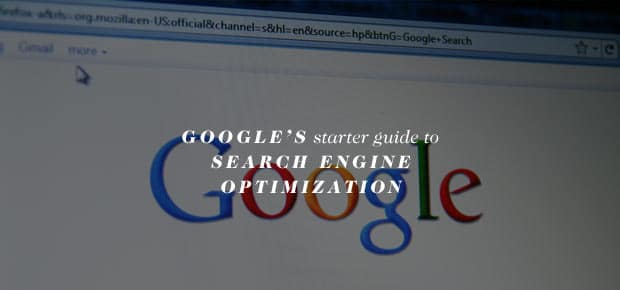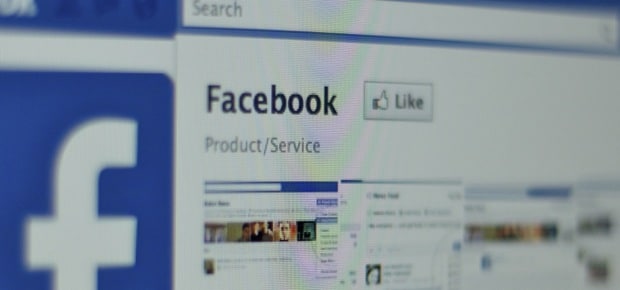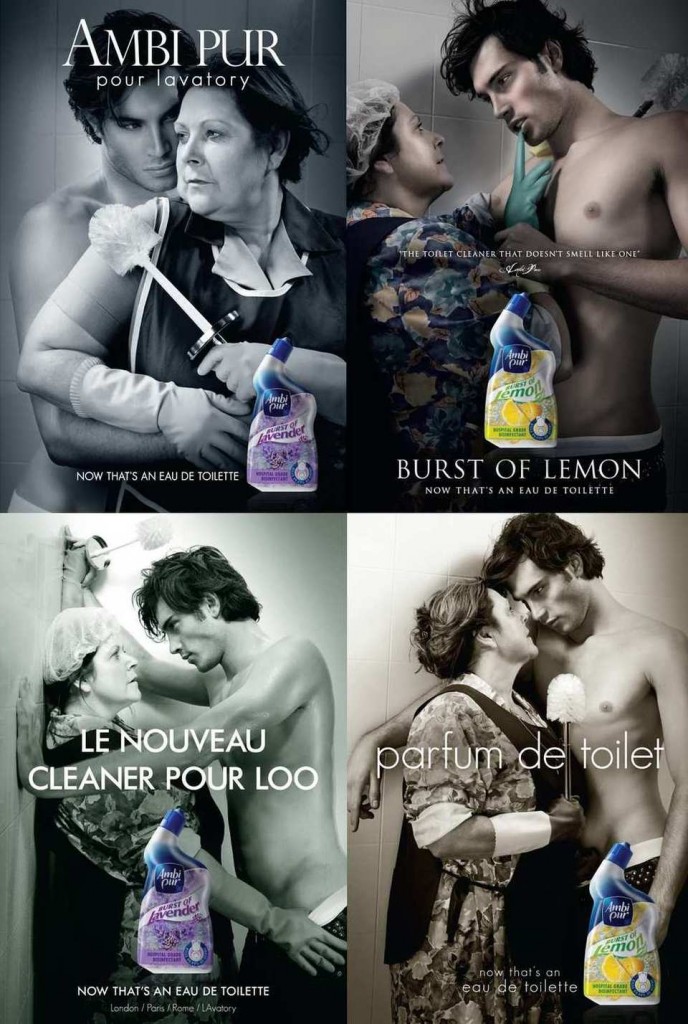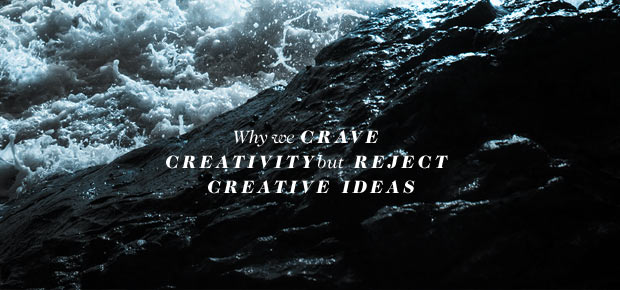I came across this guide from Google [PDF] on search engine optimization (SEO). With the huge amount of information available online about SEO, this guide from Google is an invaluable, credible resource.
The key points from the guide could as easily be about building good sites for users as they are about building good sites for Google:
- Create unique, accurate page titles
- Make use of the “description” meta tag
- Make your site easier to navigate
- Offer quality content and services
- Optimize your use of images
- Use heading tags appropriately
- Promote your website in the right ways
For most professionals involved in any aspect of SEO, the guide doesn’t contain any breakthrough insights, but it does work as a great reference.
As content management software becomes nearly ubiquitous for even the smallest online presences, the job of SEO is increasingly falling on the client. People who never would have had to know anything about SEO are starting to need to know the basics. This manual works well as a primer for them. It is even written in a tone that people new to SEO concepts will find approachable.




